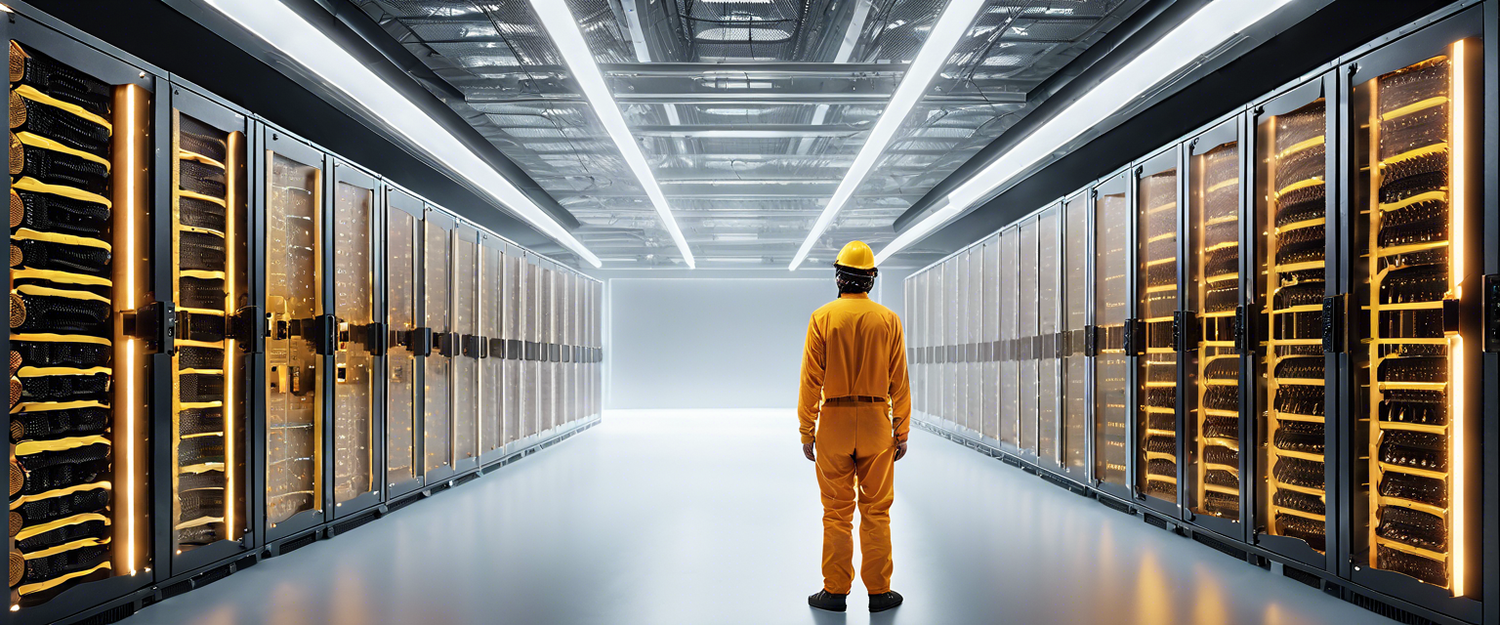The Rising Impact of AI Data Centers on Bitcoin Mining
In recent times, the cryptocurrency landscape has been witnessing a transformative shift with the emergence of artificial intelligence (AI) data centers. These data centers are anticipated to have a profound effect on the bitcoin mining sector, and intriguingly, this impact may extend beyond miners who are directly engaged in AI initiatives. According to reports from CoinDesk, the competition for affordable electricity between AI data centers and bitcoin miners could play a crucial role in establishing a floor for hashprice, a vital metric for determining miners' revenue.
Understanding Hashrate and Hashprice
To fully grasp the implications, it's important to define two key terms: hashrate and hashprice. Hashrate refers to the total computational power supporting a Proof-of-Work blockchain like Bitcoin. In contrast, hashprice represents the earnings miners can anticipate from their computational endeavors.
Currently, bitcoin's hashrate stands at an impressive 770 exahash per second (EH/s), with a hashprice sitting at $61.12 per petahash per day as per Hashrate Index data. However, it's noteworthy that the hashprice has been on a downward trend, signaling increasing competition in the mining realm. For context, during 2017, hashprice frequently soared above $1,000.
Establishing a Hashprice Floor
A significant aspect of this evolving dynamic is the potential establishment of a hashprice floor. This would ensure that computing power retains a minimum value, offering some stability amidst fluctuating market conditions.
Shifts in Mining Locations
As competition for electricity heats up, particularly with the rise of AI data centers, bitcoin miners may need to reevaluate their locations. Spencer Marr, president of Sangha Renewables, emphasizes that every potential mining investment now weighs the suitability of a site for either AI or mining operations. The choice for AI or other high-performance computing could inadvertently prevent hashrate from surging and levy adverse effects on hashprice.
Jaran Mellerud, co-founder of Hashlabs Mining, adds that while the influx of AI facilities may squeeze bitcoin miners, it likely won’t drastically impact hashprice due to the self-correcting nature of the Bitcoin mining network. Notably, a decrease in hashrate within one region could lead to increased profitability in another, allowing for growth opportunities. Mellerud forecasts that by 2030, the U.S. might comprise less than 20% of the overall hashrate, with a notable shift towards regions like Africa and Southeast Asia.
The Complexity of AI Data Centers
While the competition for cheap electricity is palpable, Marr notes that the availability of extremely cheap power is limited. AI data centers demand a more complex operational framework compared to bitcoin mining operations. These facilities require consistent uptime and incur higher operational costs, factors that impart resilience to traditional mining.
In summary, while the rivalry for electricity may temper the growth of hashrate in the bitcoin mining sector, it is unlikely to bring it to a standstill. Miners may continue to adapt and innovate, ensuring a dynamic equilibrium in this evolving landscape.



Zostaw komentarz
Wszystkie komentarze są moderowane przed opublikowaniem.
Ta strona jest chroniona przez hCaptcha i obowiązują na niej Polityka prywatności i Warunki korzystania z usługi serwisu hCaptcha.